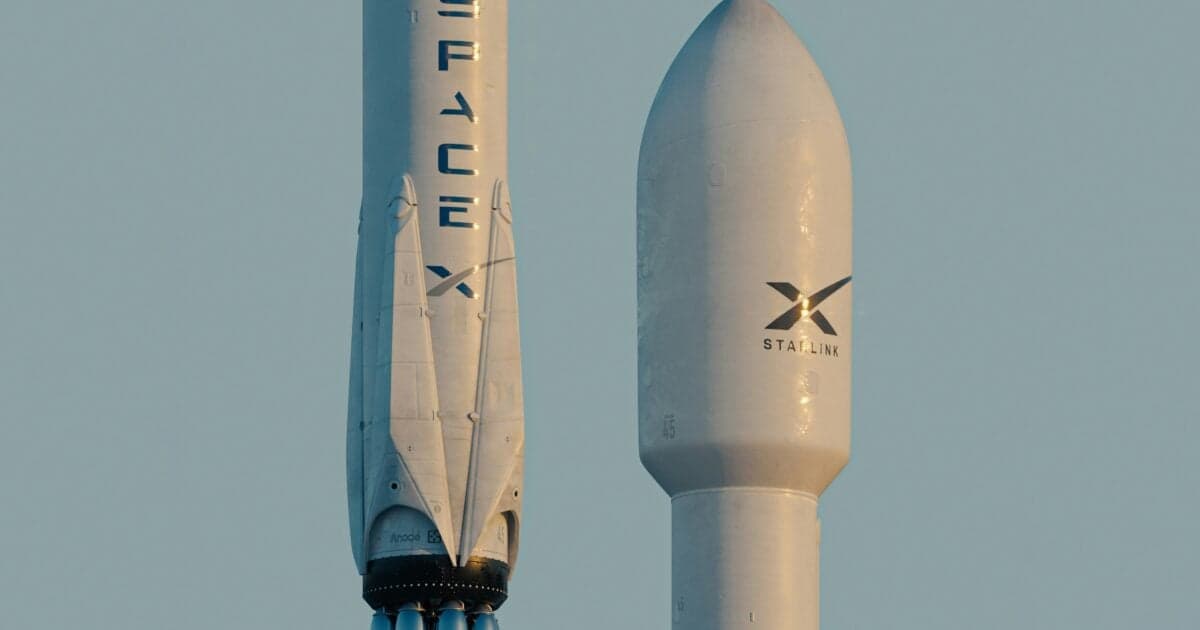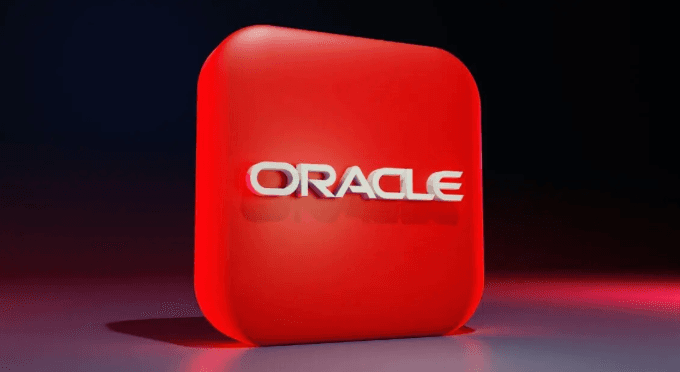RTX, Lockheed Martin, and Northrop Grumman – What the Israel Iran Flashpoint Means for Defense Contractors

Investors are watching defense contractors right now.
Understandably so...
Early in the morning of June 21, American B-2 Spirit stealth bombers slipped across Iranian airspace and dropped 30,000-pound GBU-57 "bunker-buster" bombs on three fortified nuclear sites.
President Donald Trump hailed the strike as "very successful," claiming the targets were "completely and fully obliterated."
The strikes follow renewed armed conflict between Israel and Iran.
On June 13, Israel struck Iranian military and nuclear sites, reportedly killing several top military officials and nuclear scientists. Iran retaliated by firing hundreds of missiles at Israel. The back-and-forth continued throughout the week.
But the exchange of fire appears to be largely one-sided in efficacy.
Israel's Ministry of Defense has credited its layered missile shield with neutralizing Iran's retaliatory barrages. At the heart of that shield is Iron Dome, whose Tamir interceptor missiles are coproduced by Rafael Advanced Defense Systems and Raytheon – a subsidiary of RTX Corporation (RTX) – with most components sourced from Raytheon's U.S. supply chain.
But in recent days, surges of Iranian rockets have apparently had increasing success overwhelming Iron Dome. Some officials are saying its interception rate has dropped from 90% to 65%.
With Washington now openly on the trigger and Israel leaning on Raytheon technology for every incoming salvo, RTX shares are trading with a "war premium." The stock is up approximately 10.4% over the past month. Other players in the defense sector, like Lockheed Martin (LMT) and Northrop Grumman (NOC), are also getting attention.
The question for investors is: Are any of these stocks a buy today?
And to answer that, we'll start by taking a close look at RTX.
RTX Is a Major Player in the Global Defense Industry
Global defense spending just logged its 10th straight annual increase, jumping 9.4% in 2024 to an all-time high of $2.7 trillion.
Europe shelled out 17% more year over year ("YOY"). The Middle East lifted outlays 15% to an estimated $243 billion. This is a response to the wars in Ukraine and Gaza, and the knock-on fear that both could spread.
But no country moved faster than Israel, whose 2024 military budget exploded 65% to $46.5 billion – its steepest one-year leap since 1967. Much of that surge is earmarked for missile-defense interceptors such as Iron Dome and David's Sling, each coproduced with Raytheon's missiles & defense division.
It seems Washington is footing a growing share of the bill.
Under the current Memorandum of Understanding between the U.S. and Israel, the United States already wires Israel $3.3 billion a year in Foreign Military Financing, plus $500 million for joint missile-defense research and development. Congress doubled down in April 2024, tacking on $4 billion in emergency funds specifically to replenish Iron Dome and David's Sling interceptors after months of high-tempo launches.
And the Middle East flashpoint is colliding with another stockpile crisis in Europe.
NATO members racing to refill magazines depleted by Ukraine have inked a string of new deals. Germany signed a $478 million order for Patriot GEM-T missiles from Raytheon last August. There's also a broader NATO framework to acquire up to 1,000 Patriot missile interceptors in coming years. Those contracts arrive on top of earlier Patriot, SM-3, and Arrow-3 requests from Poland, Romania, and Spain.
Add it up, and you get a procurement wave tailor-made for RTX: a company that not only supplies the Tamir, Patriot, and SM-3 missiles flying off production lines, but also furnishes the radar brains and guidance kits that make them lethal.
If the Israel–Iran showdown drags on – and Europe keeps refilling its magazines – Raytheon's assembly floors could stay lit up around the clock well into 2026.
But if hostilities simmer down, RTX's exceptional level of diversification means it is poised for success all the same.
Beyond Missiles: Pratt & Whitney and Collins Aerospace
Raytheon's missile franchise grabs the wartime headlines, but two sister divisions now generate roughly two-thirds of RTX's $20.3 billion in quarterly revenue and an outsized share of its growth. In the first quarter of 2025, Collins Aerospace posted $7.22 billion in sales (up 8% YOY), while Pratt & Whitney (P&W) delivered $7.37 billion (14% YOY), together pushing the company's total backlog to a record $217 billion.
Let's take a look at these divisions to get a better understanding of the company.
Pratt & Whitney – Propelling Fighters and Airliners
Best known for the F135 engine that powers every F-35 fighter, P&W locked in a $1.3 billion "Engine Core Upgrade" contract late last year to add cooling capacity and extend service life for Block 4 jets. The award secures a multiyear revenue stream just as the Pentagon advances plans for 2,000-plus F-35s worldwide.
Commercially, P&W's geared-turbofan engine line continues to win market share among airlines that fly Airbus. On June 17, European low-cost carrier Wizz Air said it has selected P&W as the engine supplier for 177 of its Airbus A321neo narrow-body jets on order. Including previous orders in 2016 and 2020, the recent deal brings P&W's total commitment of engines to 453 aircraft for Wizz Air alone.
Collins Aerospace – The Digital Cockpit & Cabin
Collins touches almost every flight phase: fly-by-wire controls, satcom antennas, oxygen systems, and the connected cabin. The unit's momentum is visible in both dollars and deals.
Financially, Collins turned its commercial aftermarket boom into a 28% surge YOY in operating profit in the first quarter. Strategically, the division just joined Airbus' Skywise-powered "Digital Alliance for Aviation," giving Collins a front-row seat (and embedded software revenues) in predictive health-monitoring across thousands of jets.
P&W has anchored RTX to both military and civil aviation for decades, while Collins' cockpit-to-cabin footprint – and its push into big-data services – offers a steady, higher-margin business.
Together, they make RTX far more than a pure-play "war stock." These business lines cushion volatility caused by the "missile cycle" and broaden the long-term growth runway.
RTX's Financial Pulse & Outlook
RTX's latest earnings show a conglomerate firing on every cylinder.
First-quarter 2025 sales reached $20.3 billion, up 5% YOY, while adjusted earnings per share ("EPS") climbed 10% to $1.47. The order book swelled to a record $217 billion – $125 billion tied to commercial programs and $92 billion to defense – giving management almost three years of revenue visibility.
Segment detail underscores why RTX is no longer just a "missile maker." Collins Aerospace posted $7.22 billion in revenue (up 8% YOY) and a 28% jump in operating profit to $1.09 billion, propelled by aftermarket demand for wide-body interiors and avionics upgrades.
P&W grew even faster: Sales rose 14% to $7.37 billion and operating profit surged 41% to $580 million as both the geared-turbofan and F135 engine volume ramped. Raytheon's Missiles & Defense unit chipped in steady low-single-digit growth on Patriot and SM-3 deliveries.
Bottom line: Wartime missile demand may grab the headlines, but Collins' aftermarket flywheel and Pratt's F135 engine franchise provide the horsepower to keep earnings compounding well beyond the current flashpoint.
Put another way, RTX is more than just missiles, and investors should understand the bigger picture.
RTX, Lockheed Martin, and Northrop Grumman – Three Options in the Defense Sector
War may lift the entire defense complex, but each household-name contractor brings a different set of tools to the table. Understanding the distinctions is where investors may potentially find an edge.
Thanks to the 2020 merger with United Technologies and Raytheon, the new RTX now marries Raytheon missiles to P&W jet engines and Collins Aerospace avionics. As we mentioned previously, the payoff is a record $217 billion backlog – split roughly 60/40 between commercial and defense work – which gives management balance and nearly three years of revenue visibility.
That breadth commands the sector's richest multiple at 24 times forward earnings and supports a modest 1.9% dividend yield.
Translation: Investors are paying up for a smoother ride, counting on P&W's engines and Collins' aftermarket boom to cushion any missile down-cycle.
To understand just how much investors are paying up, let's have a look at RTX's peers.
Lockheed Martin – Pentagon Cash Machine
Lockheed Martin is a pure-play Pentagon cash machine. The company is one of the oldest and most consistent American defense contractors. The business leans heavily on one franchise – the F-35 fighter. This helps explain its fat operating margins and a towering $173 billion backlog even before recent Middle East replenishment orders.
The market prices that reliability at a more sedate 17 times forward price-to-earnings ratio while showering shareholders with a 2.8% yield backed by two decades of dividend hikes.
If you want dependable cash and are comfortable with single-customer concentration, Lockheed Martin is a dependable option.
Northrop Grumman – Nuclear-Deterrence Bet
Another defense contractor that's a household name is Northrop Grumman. The company's calling card is the next-generation B-21 Raider bomber and Sentinel ICBM system – programs central to U.S. nuclear modernization.
The company sports a $92.8 billion backlog but also just ate a $477 million charge on early B-21 production, knocking its first-quarter margin to 6%. Investors have reacted by pricing it at about 18 times forward earnings with a slim 1.9% yield – a discount to RTX, but still a premium to Lockheed for those betting the bomber will eventually mint cash.
So which ticker wins?
If you like broad exposure to both wartime and airline up-cycles, RTX is the diversified pick. For yield-hunters seeking fortress-like cash flows, Lockheed feels safest. And for higher-beta upside tied to nuclear deterrence (with execution risk baked in), Northrop is your speculative swing.
Different wars, different weapons, different rewards – choose your battle.
To Us, RTX Is the Clear Winner
For investors, the Israel–Iran flashpoint is a real-time stress test of RTX's playbook. And so far, the company is passing. Missile reloads, Patriot upgrades, and Iron Dome coproduction lock in fresh defense revenue just as P&W engines and Collins' aftermarket orders keep the commercial flywheel spinning.
This superbly managed business is why our proprietary "Stansberry Score" awards RTX with a 73 rating overall and includes high marks for the company's financials.
However, the company's elevated valuation – from its historical averages and relative to its peers – keeps RTX just shy of an overall A grade.
But, as I just showed, the heighted valuation isn't because there's anything wrong with RTX. On the contrary, the business is doing great. And great businesses tend to command a premium.
Meanwhile, Lockheed Martin's 2.8% yield and Northrop's B-21 upside give them clear lanes of appeal. But both peers hinge on single franchise bets – the F-35 and the Raider, respectively – where execution hiccups or budget politics can sting.
Meanwhile, RTX spreads its risk across interceptors, engines, avionics, and data services, offering shareholders multiple ways to win whether the next headline reads "ceasefire" or "counterstrike."
Bottom line: if you want a defense name that can thrive in both hot and cooling conflict climates, RTX remains a compelling option – layered revenue, self-funded growth, and a war premium to boot.
Regards,
John Robertson




